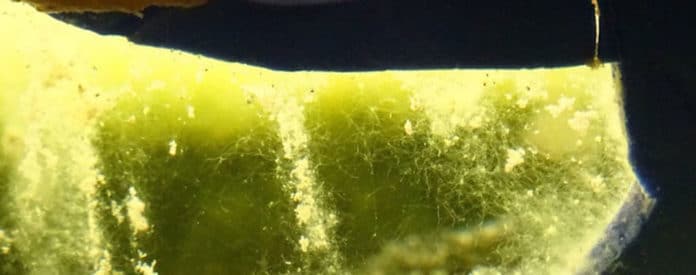A team of scientists from the University of West of England (UWE Bristol) has developed smart bricks. These smart bricks are designed to change environmental conditions like controlling and modifying air in the building and identify occupants. These smart bricks are capable of fitting simultaneously has the potential to recycle wastewater and generates electricity from sunlight. This research finds out a novel way to tackle global sustainability issues.
The smart bricks are made up of bioreactors filled with microbial cells and algae. Each brick contains different microorganisms’ specially chosen to clean water, reform phosphate, produce electricity and help production of new detergents. The living engine of the wall of smart bricks is made from microbial fuel cells. It is capable of sensing their surrounding and responds to them through a series of digitally coordinated mechanisms. Although, the photo bioreactor that is designed utilize different types of nutrient to generate outputs. The output gives polished water, fertiliser, derivable products, oxygen, biodegradable detergents, electricity, recoverable biomass, bio-fluorescence, and heat.
Professor Andrew Adamatzky, LIAR Project Director for UWE Bristol, said, “The technologies we are developing aim to transform the places where we live and work enabling us co-live with the building.”
“A building made up of bio-reactors will become a large-scale living organism that delivers all environmental and energy needs of the occupants. Walls in buildings will combine large parallel computing processors where millions of living creatures sense the occupants in the building and the internal and external environmental conditions. Each smart brick is an electrical analogous computer. A building made of such bricks will be a massive parallel computing processor,” he explained.
Professor Ioannis Ieropoulos, Director of the Bristol Bioenergy Centre (BBiC), said, “Microbial Fuel Cells are energy transducers that exploit the metabolic activity of the constituent microbes to break down organic waste and generate electricity. This is a novel application for MFC modules to be made into actuating building blocks as part of wall structures. This will allow us to explore the possibility of treating household waste, generating useful levels of electricity, and have ‘active programmable’ walls within our living environments.”
Rachel Armstrong, Professor of Experimental Architecture at Newcastle University, said, “The LIAR project is incredibly exciting – it is bringing together living architecture, computing, and engineering to find a new way to tackle global issues, like sustainability.”
